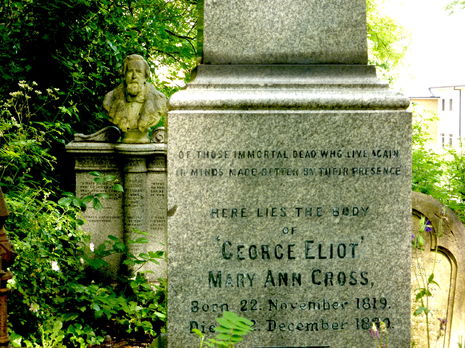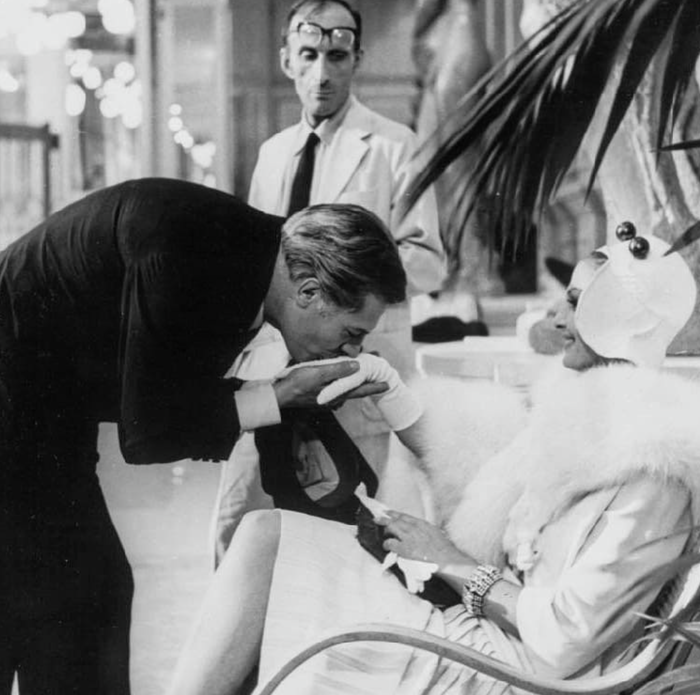That’s not my name: Why are we taking away dead women writers’ right to a pseudonym?
‘A Lady’ interrogates the corporate feminism behind the latest publicity campaign by the Women’s Prize for Fiction

It’s August, which means it’s time to get irritated by a great big quasi-literary publicity campaign by a cream liqueur brand. Baileys have paid tribute to the 25th anniversary of the Women’s Prize for Fiction by sponsoring the Reclaim Her Name Project, which aims to rectify the problem of masculine names on books written by women authors by stripping away several hundred years’ worth of noms de plume and replacing them with the authors’ given names.
The idea is to give women writers – and the Baileys logo – the “visibility and credit they deserve” by releasing free ebook editions. Middlemarch can now be enjoyed guilt-free as the work of Mary Ann Evans rather than George Eliot, and George Sand’s Indiana now boasts not just the writer’s “real” first name but also one (although interestingly not both) of her middle names: Amantine Aurore Dupin. So far, so feminist.
Having moved past these two headliners, however, we arrive at something a little more complicated. Take Alice Dunbar Nelson, apparently oppressed by her own AKA Monroe Wright. Except nobody’s ever heard of Monroe Wright, while Alice Dunbar Nelson is known as a leading poet of the Harlem Renaissance. Circa 2016, Monroe Wright was known to be one of several pen names used by Nelson (another one being Adele Morris) but not even confirmed as ever published. While I’m sure Nelson would never turn down any new readers, is this a woman writer who really needed liberating from specifically masculinised obscurity? Or is something else happening here?
“What right do we have to try and retrofit a lid on the way they expressed their gender while they were alive?”
The questions keep on coming. Does J. K. Rowling need rescuing from her initials now that she’s revealed that they were originally selected for their ambiguity? Is there a difference between P.D. James, e.e. cummings, and J.R.R. Tolkein? What are we to do about Daisy Meadows? The deeper assumption behind taking the same action for a whole swath of women writers who wrote under pseudonyms is that, at the time, the decision was out of their hands for reasons of patriarchy. Yet, as the novelist Kate Mosse has stated, these women kept their birth names off the title page “for all sorts of reasons”; and if this is the case, we cannot simply assume that they were all too disempowered to reveal their true identities.
Another one of the writers on the Reclaim Her Name list, Vernon Lee, actually went by that name in real life, too. It was her chosen referent in the company of friends as well as readers, and when her friend John Singer Sargent painted her in 1881, he did so in a way that emphasised androgynous qualities in her personal presentation. One might similarly observe that George Sand was famous for wearing masculine clothing out and about in Paris in the 1840s, and used the name George interchangeably with her middle name, Aurore. It is violently essentialist to posthumously republish these writers’ works under their birth names in this way. What right do we have to try and retrofit a lid on the way they expressed their gender while they were alive?
“Yet again corporate feminism has proved itself excellent at getting up our noses and very bad at focusing on any useful frontiers”
For those who did at the time admit to choosing pseudonyms essentially just to lubricate the wheels of the patriarchal printing press, a 21st-century omission of these circumstances would be dehistoricisation and a big educational no-no. We should remember that women writers were making decisions about how to market their work all the time. When Sense & Sensibility was published in 1811, Jane Austen had her authorship on the title page sardonically represented as “By A Lady”; Ann Petry published some early short stories as Arnold Petri, but switched to her legal name for her magnum opus The Street, released in 1946 and selling 1 million copies. Then there are trickier cases: Adela Cory, writing in the late 19th century, didn’t just write as Laurence Hope but tried to present herself as a translator of authentic Indian poetry. She was no such thing, but the Reclaim Her Name project offers Garden of Kama under the feminine pseudonym Violet Nicolson while making no mention of this scandal. The digital cover design even depicts a person of colour, cementing the old Orientalist confusion around the origin of the text. We should not be glossing over these stories in the interests of girl power.
Even if this feminisation were not being applied in such a ham-fisted way, we should remember that, in the West at least, surnames tend towards the patrilineal. Is swapping a woman’s pen name for her husband/father’s name really a great feminist act? Or are we merely exchanging one carefully chosen masculine name for an unchosen one? Should we not go further and republish these books under their writers’ maternal grandmothers’ maiden names? When will it all end?
Yet again corporate feminism has proved itself excellent at getting up our noses and very bad at focusing on any useful frontiers such as LGBT+ rights, the rights of people of colour, migrant rights, equal pay, you name it. But go on, pour yourself a Baileys and download an ebook. Feeling empowered yet? I thought so.
 Comment / The (Dys)functions of student politics at Cambridge19 January 2026
Comment / The (Dys)functions of student politics at Cambridge19 January 2026 News / Local business in trademark battle with Uni over use of ‘Cambridge’17 January 2026
News / Local business in trademark battle with Uni over use of ‘Cambridge’17 January 2026 Arts / Exploring Cambridge’s modernist architecture20 January 2026
Arts / Exploring Cambridge’s modernist architecture20 January 2026 Features / Exploring Cambridge’s past, present, and future18 January 2026
Features / Exploring Cambridge’s past, present, and future18 January 2026 News / Your Party protesters rally against US action in Venezuela19 January 2026
News / Your Party protesters rally against US action in Venezuela19 January 2026









